Using LED lights to support hair regrowth might sound a little unbelievable, but the effectiveness of red light therapy is backed by strong scientific evidence. Clinical research shows that specific wavelengths of light can stimulate dormant hair follicles, increase blood flow to the scalp, and extend the natural growth cycle of hair. There’s no harsh or invasive treatments involved. Red light therapy simply helps create an optimal biological environment for follicles to thrive.
And with the rise of personal care technology, at-home red light helmets now make it possible to incorporate treatment seamlessly into your daily hair care routine—no clinic visit required.
Let’s explore the science behind red light therapy for hair loss, how it works at the cellular level, and how at-home devices make this treatment accessible, effective, and easy to use.
What Is Red Light Therapy and How Does It Work?
Red light therapy (RLT) uses light in the visible red to near-infrared range (typically 600–850 nanometers) to interact with tissues beneath the skin (Avci et al., 2013). It’s already been studied extensively for wound healing, joint pain, and inflammation reduction, and now researchers are exploring its role in stimulating hair growth.
The core mechanism is called photobiomodulation. When red light penetrates the scalp, it reaches the mitochondria within hair follicle cells. These mitochondria absorb the light and increase production of adenosine triphosphate (ATP), the molecule that fuels cell activity. This increase in cellular energy improves the function of key follicular cells and helps stimulate growth processes (Avci et al., 2014).
By activating this energy production and signaling system, red light therapy enhances follicle vitality without disrupting hormones or irritating the skin. Let’s take a closer look at how this supports hair growth.
How Red Light Therapy Supports Hair Regrowth
Red light therapy works at multiple levels to improve hair health. Here's what current research reveals:
-
-
Stimulates Dormant Follicles
RLT helps reactivate follicles that have entered a resting or miniaturized state by increasing cellular energy and protein synthesis in dermal papilla cells, which play a critical role in hair cycling (Lanzafame et al., 2013). -
Extends the Anagen (Growth) Phase
Red light has been shown to increase the percentage of follicles in the anagen phase, which is associated with thicker, longer-lasting strands (Yang et al., 2021). -
Improves Microcirculation and Oxygenation
Red light therapy enhances local blood flow, bringing oxygen and nutrients to the scalp that are essential for healthy follicle activity (Avci et al., 2014). -
Reduces Inflammation Around Follicles
Chronic inflammation around follicles can hinder hair regrowth. RLT may reduce pro-inflammatory markers like TNF-α and IL-6, creating a healthier environment for regeneration (Gentile & Garcovich, 2024). -
Activates Wnt/β-Catenin Pathway
This pathway is essential for initiating new hair growth. Studies show that red light therapy at 655 nm activates Wnt signaling in follicular cells, supporting regrowth at the molecular level (Han et al., 2018).
-
Stimulates Dormant Follicles
Together, these effects support not just strand growth, but the underlying scalp biology needed for long-term hair health. The best part is that red light therapy has been tested extensively in human clinical trials with positive results. Let’s take a look at a few.
Does Red Light Therapy Work for Hair Loss?
A growing number of clinical studies and systematic reviews say yes.
-
- In a 24-week randomized, double-blind trial, participants using red light helmets experienced significantly increased hair density and thickness compared to those using a sham device (Suchonwanit et al., 2019).
- Another multicenter clinical trial found that 16 weeks of red light therapy delivered via a helmet-style device led to notable improvements in hair count and scalp coverage, with high tolerability and no adverse effects (Yoon et al., 2020).
- In one of the earliest studies on LED-mediated hair growth, red light therapy led to measurable hair count increases in both male and female participants using at-home devices (Lanzafame et al., 2013; 2014).
Reviews in major dermatologic journals have affirmed these findings. One critical assessment concluded that red light therapy shows “a consistent ability to improve hair growth parameters in both men and women” with androgenetic alopecia (Gupta & Foley, 2017). Another review cited improvements in hair thickness, density, and patient satisfaction across multiple trials (Zarei et al., 2016).
How Red Light Therapy Compares to Other Hair Loss Treatments
Most conventional hair loss treatments fall into two categories: topical drugs and invasive procedures. While some of these can be effective, they often come with tradeoffs.
-
- Minoxidil, a common over-the-counter topical, can cause irritation, flaking, or unwanted hair growth in other areas of the body (Suchonwanit et al., 2019).
- Finasteride, a prescription oral medication, works by altering hormone levels and has been linked to side effects like sexual dysfunction and mood changes (Mysore, 2012).
- More aggressive options like PRP injections or hair transplants can be expensive, invasive, and require downtime or repeated sessions.
Red light therapy offers a different approach. Other treatments override your biology to get results. RLT supports your natural systems by energizing cells, improving circulation, and creating the conditions hair follicles need to function properly. There are no hormones to disrupt, no medications to metabolize, and no needles or recovery time.
It’s a method that’s both biologically intelligent and remarkably easy to incorporate into daily life. Thanks to recent advances in wearable technology, red light therapy can now be applied through convenient, at-home devices, making it easier than ever to use consistently and effectively.
Red Light Devices: What to Know Before You Buy
Red light can be delivered through handheld lasers, combs, clinical laser caps, or full-coverage helmet devices, which tend to offer the most consistent and comprehensive results when used regularly at home.
So what sets red light helmets apart from the other devices?
-
- Full Scalp Coverage: Unlike wands or combs that treat small patches, helmets provide even exposure across the crown, hairline, and sides.
- Hands-Free Use: Wear it for 10–20 minutes a few times a week while continuing your routine.
- Consistent Power Output: Quality helmets deliver the precise wavelength and intensity needed for photobiomodulation—typically around 650–850 nm.
- Lower Risk of Human Error: Built-in timers and optimal LED spacing take the guesswork out of treatment.
When evaluating the best red light therapy for hair growth, look for features like:
-
- Verified wavelength range for safety and efficacy in at-home use (630–850 nm) (Juhász & Levin, 2017)
- Clinical power output
- Uniform LED distribution with minimal flicker
- Ergonomic comfort and breathable design
- Premium materials for efficacy, safety, and skin compatibility
These factors can determine how well the light reaches your follicles and how consistent your results will be.
Dome Beamer: Premium, Accessible Red Light Therapy Helmet
If you’re considering a red light helmet, Scantifix Dome Beamer offers a premium at-home solution designed to match clinical performance while fitting comfortably into your routine.
What sets it apart?
-
- Scientifically tuned red light wavelengths in the optimal 650–850 nm range
- Full-coverage with 225 LED chips for even light distribution across the entire scalp
- Hands-free design with ergonomic fit, allowing you to use it during daily tasks
- Zero EMF exposure when used with a rechargeable battery pack. Less than 0.2mG at full power.
- Third-party tested for safety and power consistency, so you know exactly what you’re getting
Whether you’re just starting to notice shedding or looking to support a long-term regrowth strategy, Dome Beamer helps bring clinical-grade care to your home, where consistency is easiest to maintain.
Final Thoughts: Red Light Therapy and Long-Term Hair Health
Red light therapy offers a compelling, evidence-based approach to hair loss. It leans into your natural biology and helps restore the conditions your scalp and follicles need to function at their best. Meanwhile, other treatments work by disrupting or overriding natural processes.
With no known major side effects and a growing body of clinical support, it stands out as one of the most promising non-invasive tools available today. And with wearable, high-performance devices like Dome Beamer, you no longer need a clinical appointment to access this technology.
The science is clear: consistent use of well-designed red light therapy tools offers a real solution for those seeking to support visible improvements in hair density and overall scalp vitality.
Resources
Avci, P., Gupta, A., Clark, J., Wikonkal, N., & Hamblin, M. R. (2013). Low-level laser (light) therapy (LLLT) for treatment of hair loss. Lasers in Surgery and Medicine, 46(2), 144–151. https://www.ncbi.nlm.nih.gov/pmc/articles/PMC4126803/
Avci, P., Gupta, G. K., Clark, J., & Wikonkal, N. (2014). Low-level laser (light) therapy (LLLT) for treatment of hair loss. Lasers in Surgery and Medicine, 46(2), 144–151. https://onlinelibrary.wiley.com/doi/abs/10.1002/lsm.22170
Gupta, A. K., & Foley, K. A. (2017). A critical assessment of the evidence for low-level laser therapy in the treatment of hair loss. Dermatologic Surgery, 43(2), 188–197. https://journals.lww.com/dermatologicsurgery/fulltext/2017/02000/A_Critical_Assessment_of_the_Evidence_for.3.aspx
Han, L., Liu, B., Chen, X., Chen, H., Deng, W., & Yang, C. (2018). Activation of Wnt/β-catenin signaling is involved in hair growth-promoting effect of 655-nm red light and LED in in vitro culture model. Lasers in Medical Science, 33, 141–149. https://link.springer.com/article/10.1007/s10103-018-2455-3
Juhász, M. L. W., & Levin, M. K. (2017). Home-use laser and light devices for the treatment of hair loss: A review of evidence. Journal of Cosmetic Dermatology, 16(4), 443–447. https://onlinelibrary.wiley.com/doi/abs/10.1111/jocd.12371
Lanzafame, R. J., Blanche, R. R., & Bodian, A. B. (2013). The growth of human scalp hair mediated by visible red light laser and LED sources in males. Lasers in Surgery and Medicine, 45(8), 487–495. https://onlinelibrary.wiley.com/doi/abs/10.1002/lsm.22173
Lanzafame, R. J., Blanche, R. R., & Bodian, A. B. (2014). The growth of human scalp hair in females using visible red light laser and LED sources. Lasers in Surgery and Medicine, 46(8), 601–607. https://onlinelibrary.wiley.com/doi/abs/10.1002/lsm.22277
Mysore, V. (2012). Finasteride in androgenetic alopecia: An update. Journal of Cutaneous and Aesthetic Surgery, 5(1), 17–19. https://www.ncbi.nlm.nih.gov/pmc/articles/PMC3481923/
Suchonwanit, P., Chalermroj, N., & Khunkhet, S. (2019). Low-level laser therapy for the treatment of androgenetic alopecia in Thai men and women: A 24-week, randomized, double-blind, sham device-controlled trial. Lasers in Medical Science, 34(5), 1107–1114. https://link.springer.com/article/10.1007/s10103-018-02699-9
Suchonwanit, P., Thammarucha, S., & Leerunyakul, K. (2019). Minoxidil and its use in hair disorders: a review. Drug design, development and therapy, 13, 2777–2786. https://doi.org/10.2147/DDDT.S214907
Yang, K., Tang, Y., Ma, Y., Liu, Q., & Huang, Y. (2021). Hair growth promoting effects of 650 nm red light stimulation on human hair follicles and study of its mechanisms via RNA sequencing transcriptome analysis. Annals of Dermatology, 33(6), 553–561. https://www.ncbi.nlm.nih.gov/pmc/articles/PMC8577899/
Yoon, J. S., Ku, W. Y., Lee, J. H., & Ahn, H. C. (2020). Low-level light therapy using a helmet-type device for the treatment of androgenetic alopecia: A 16-week, multicenter, randomized, double-blind, sham device-controlled trial. Medicine, 99(29), e21108. https://journals.lww.com/md-journal/fulltext/2020/07170/Low_level_light_therapy_using_a_helmet_type_device.73.aspx
Zarei, M., Wikramanayake, T. C., Falto-Aizpurua, L., & Jimenez, J. J. (2016). Low level laser therapy and hair regrowth: an evidence-based review. Lasers in Medical Science, 31(8), 1655–1663. https://link.springer.com/article/10.1007/s10103-015-1818-2
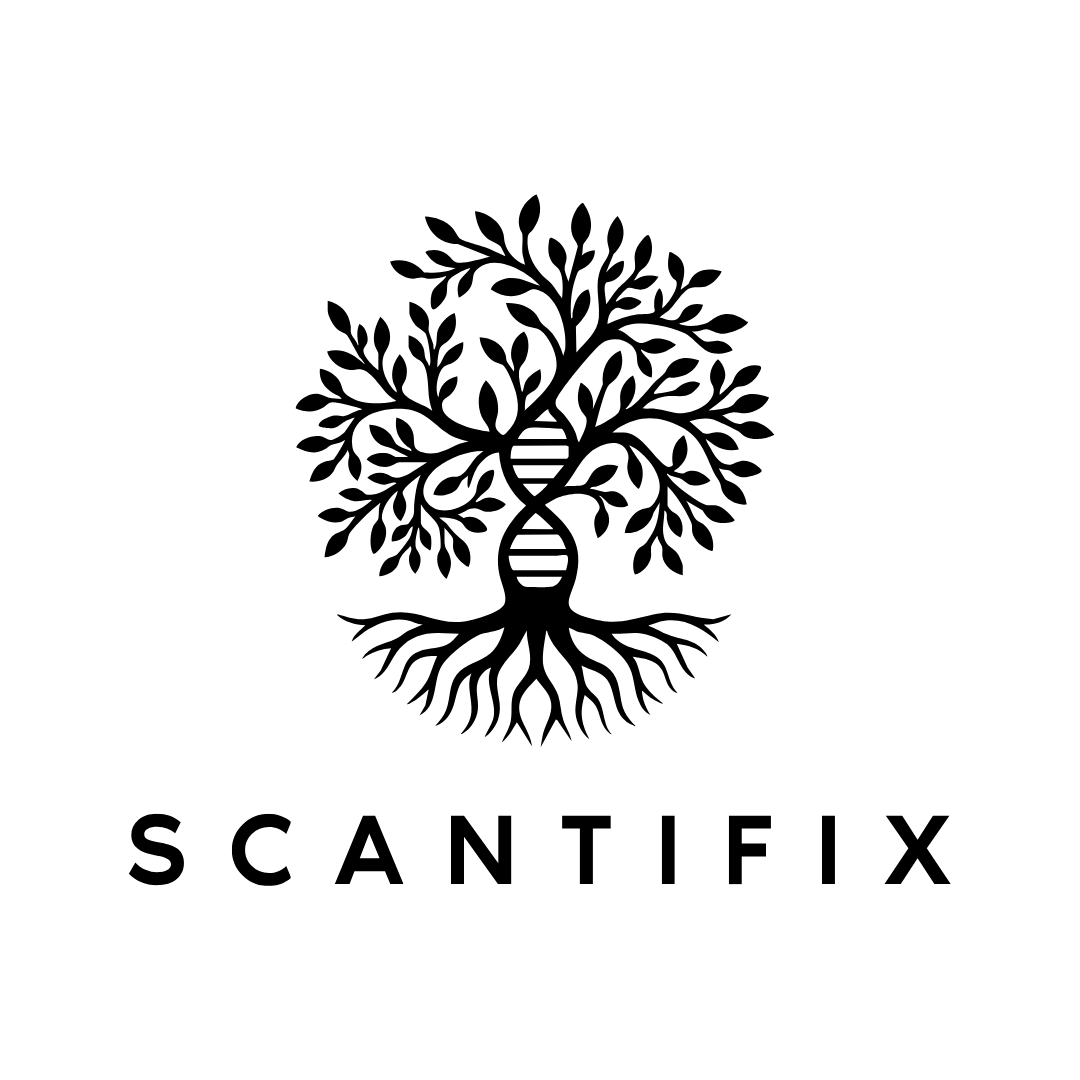
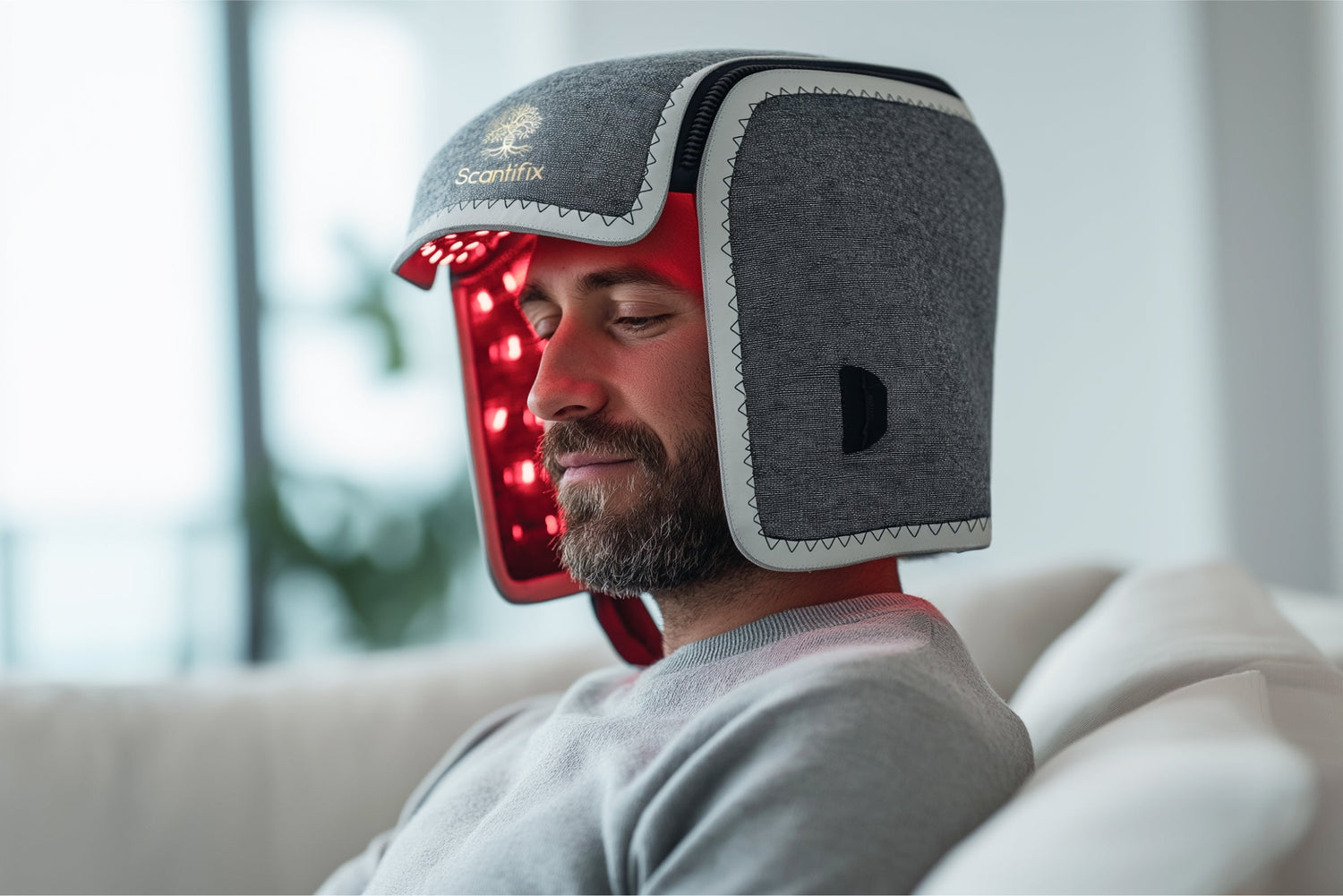


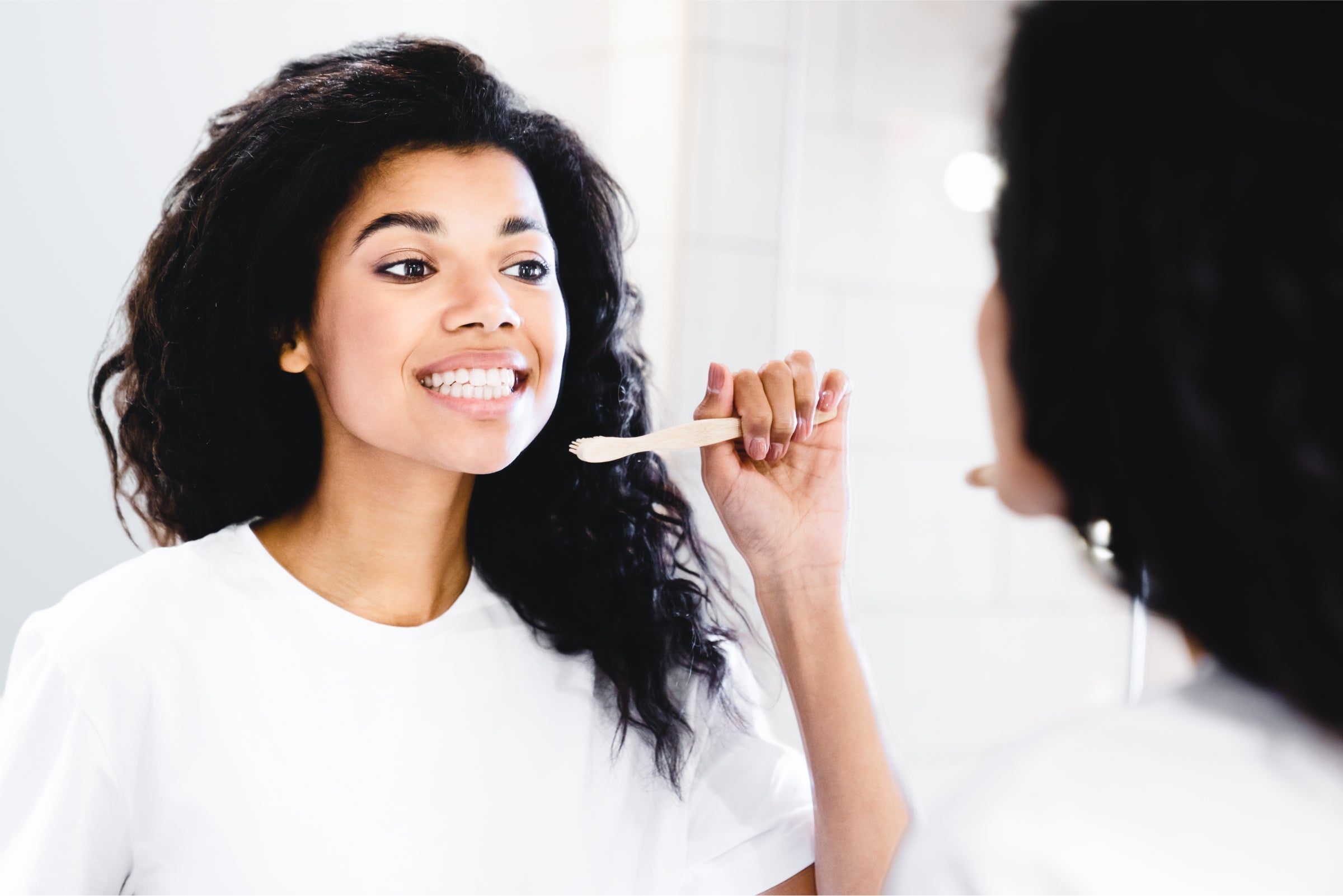
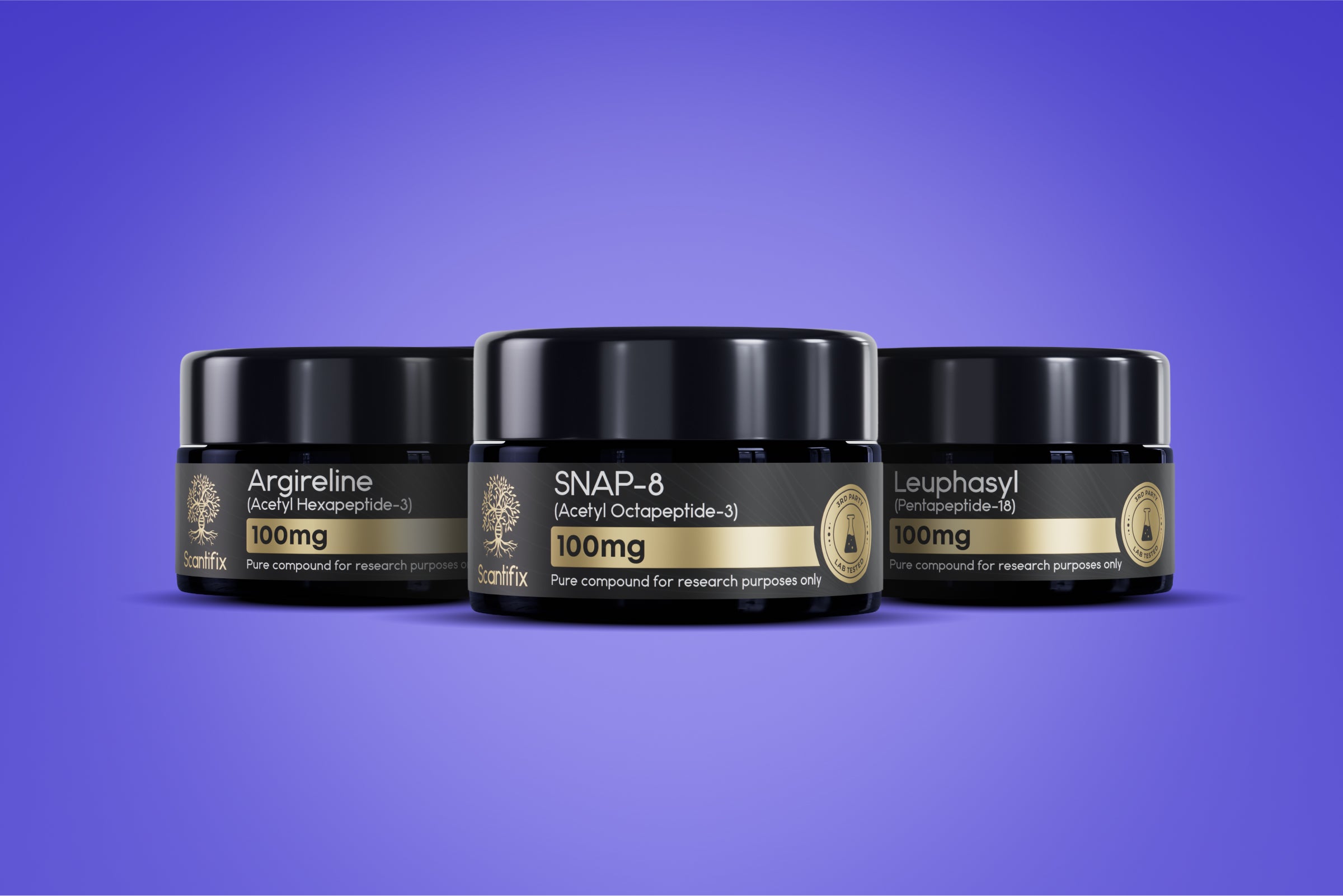
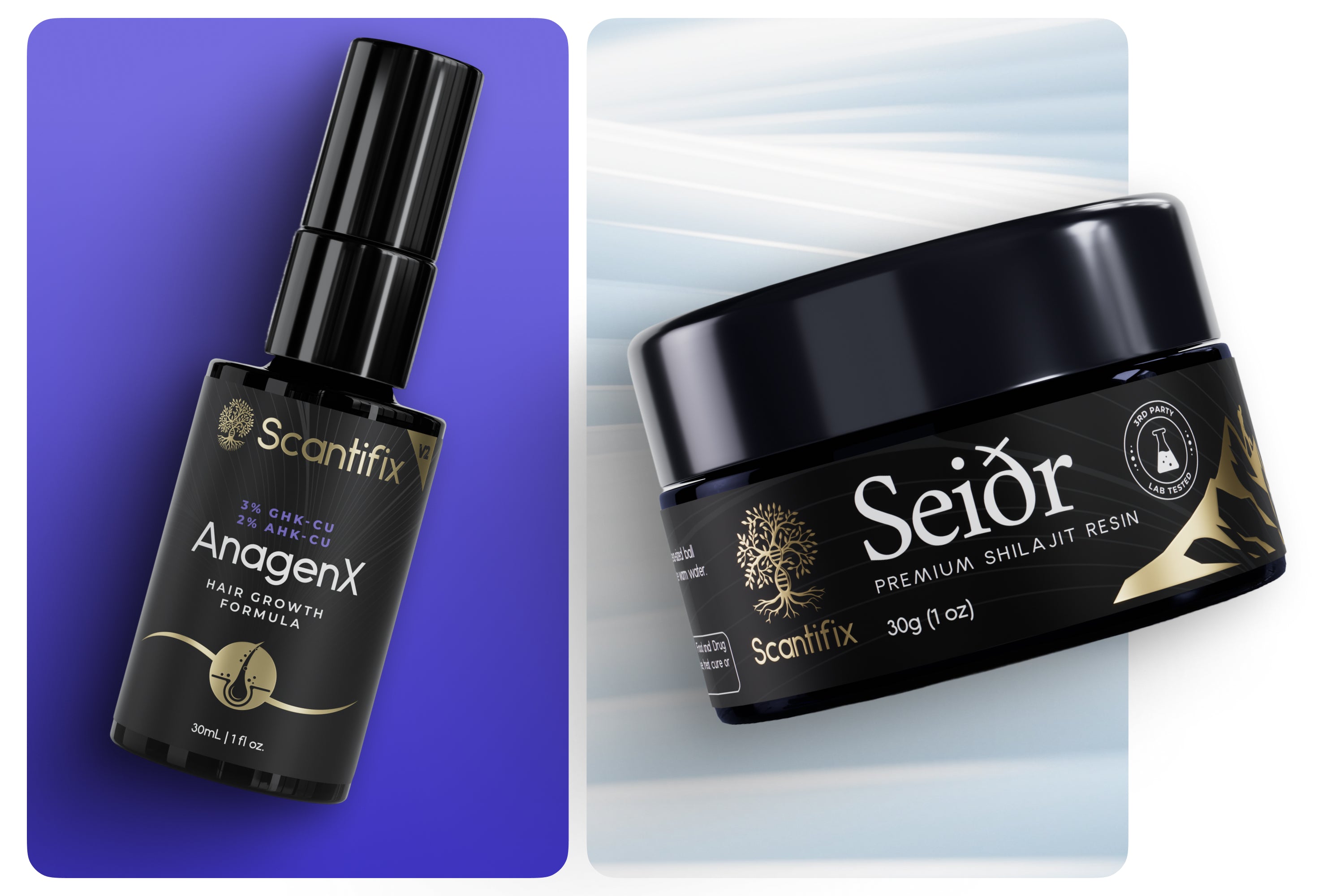
Leave a comment
All comments are moderated before being published.
This site is protected by hCaptcha and the hCaptcha Privacy Policy and Terms of Service apply.